What Is Canon Ef M ?
Canon EF-M is a lens mount designed by Canon for their mirrorless interchangeable-lens cameras. It was introduced in 2012 with the launch of the Canon EOS M camera. The EF-M mount has a flange focal distance of 18mm, which is shorter than the 44mm of the Canon EF mount used on their DSLR cameras. This allows for more compact lenses to be designed for the smaller mirrorless cameras. The EF-M mount is compatible with a range of lenses, including standard zooms, telephoto zooms, and prime lenses. Canon also offers an adapter that allows EF and EF-S lenses to be used on EF-M cameras.
1、 Definition and Overview of Canon EF-M System
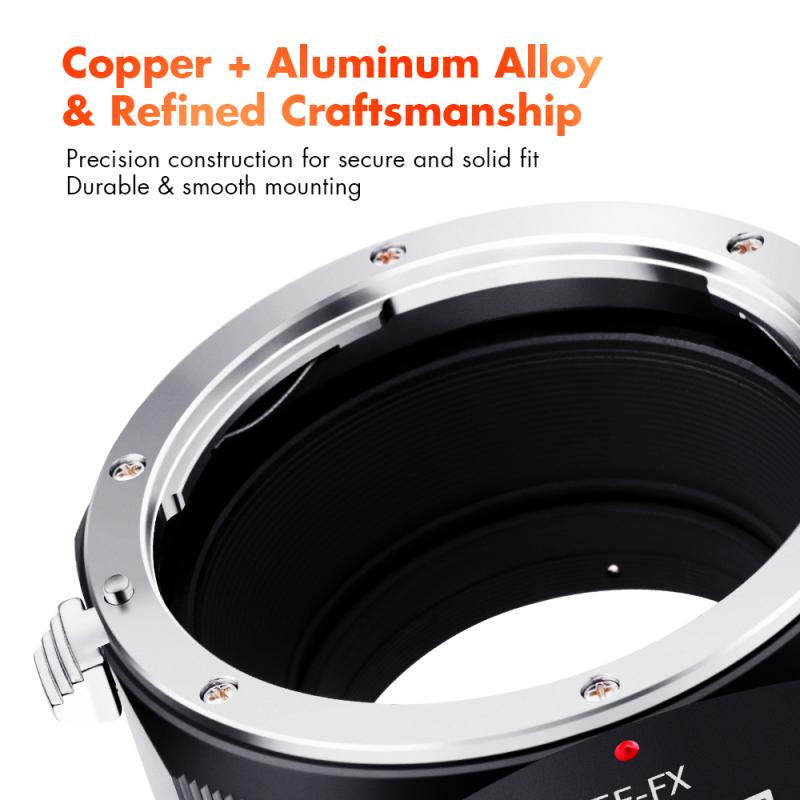
What is Canon EF-M?
Canon EF-M is a lens mount system designed by Canon for its mirrorless interchangeable-lens cameras. The EF-M mount was introduced in 2012 with the launch of the Canon EOS M camera. The EF-M mount is smaller than the EF mount used in Canon's DSLR cameras, allowing for more compact and lightweight lenses.
The Canon EF-M system currently includes a range of lenses, including standard zoom, telephoto zoom, and prime lenses. The EF-M lenses are designed specifically for use with Canon's mirrorless cameras, providing high-quality image capture in a compact and lightweight package.
The Canon EF-M system also includes a range of accessories, including flash units, battery grips, and remote controls. These accessories are designed to work seamlessly with Canon's mirrorless cameras, providing photographers with a complete system for capturing high-quality images.
In recent years, Canon has continued to expand its EF-M system, introducing new lenses and accessories to meet the needs of photographers. The latest addition to the EF-M system is the Canon EOS M50 Mark II camera, which features improved autofocus and video capabilities, making it a popular choice for vloggers and content creators.
Overall, the Canon EF-M system provides photographers with a versatile and compact system for capturing high-quality images and video. With its range of lenses and accessories, the EF-M system is a great choice for photographers looking for a lightweight and portable camera system.
2、 EF-M Lens Lineup and Compatibility
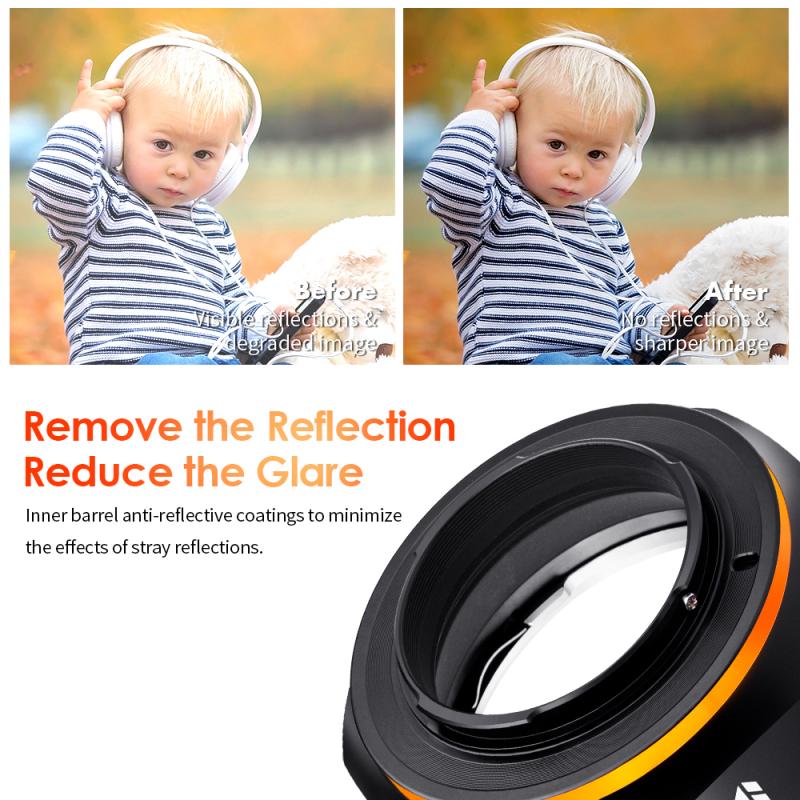
What is Canon EF-M?
Canon EF-M is a lens mount designed by Canon specifically for their mirrorless cameras. The EF-M mount was introduced in 2012 with the launch of the Canon EOS M camera. The EF-M mount is smaller than the EF mount used on Canon's DSLRs, which allows for smaller and lighter lenses to be designed for the mirrorless cameras.
The Canon EF-M lens lineup includes a range of lenses designed for the EF-M mount. These lenses are compatible with Canon's mirrorless cameras, including the EOS M, EOS M2, EOS M3, EOS M5, EOS M6, and EOS M50. The EF-M lenses are designed to be compact and lightweight, making them ideal for travel and everyday use.
The EF-M lens lineup includes a variety of lenses, including standard zoom lenses, telephoto zoom lenses, and prime lenses. Some of the most popular EF-M lenses include the EF-M 22mm f/2 STM, EF-M 11-22mm f/4-5.6 IS STM, and EF-M 55-200mm f/4.5-6.3 IS STM.
Canon has continued to expand their EF-M lens lineup over the years, with the latest addition being the EF-M 32mm f/1.4 STM lens. This lens is designed for portrait and low-light photography, and features a fast maximum aperture of f/1.4.
Overall, the Canon EF-M lens lineup offers a range of options for mirrorless camera users, with lenses designed for a variety of shooting situations.
3、 EF-M Camera Bodies and Features
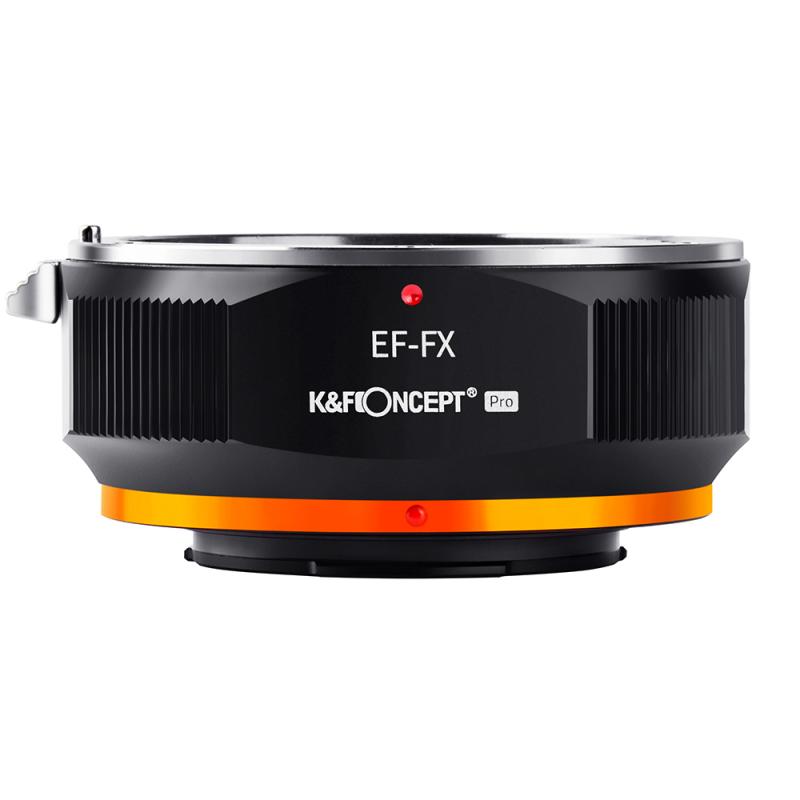
Canon EF-M is a lens mount designed by Canon specifically for their mirrorless camera line. The EF-M mount was introduced in 2012 with the launch of the Canon EOS M camera. The EF-M mount is smaller than the EF mount used on Canon's DSLR cameras, which allows for smaller and lighter lenses to be used on the mirrorless cameras.
EF-M camera bodies are designed to be compact and lightweight, making them ideal for travel and everyday use. They feature a range of advanced features, including high-resolution sensors, fast autofocus systems, and advanced image processing engines. Some of the latest EF-M camera bodies include the Canon EOS M50 Mark II and the Canon EOS M6 Mark II.
One of the key advantages of the EF-M mount is its compatibility with Canon's extensive range of EF and EF-S lenses. With the use of an adapter, EF and EF-S lenses can be used on EF-M camera bodies, providing users with access to a wide range of lenses for different shooting scenarios.
Overall, the Canon EF-M mount is a versatile and capable lens mount that is well-suited to the needs of mirrorless camera users. With the latest advancements in camera technology, EF-M camera bodies are becoming increasingly popular among photographers and videographers who require a compact and lightweight camera system without sacrificing image quality or performance.
4、 Advantages and Limitations of EF-M System
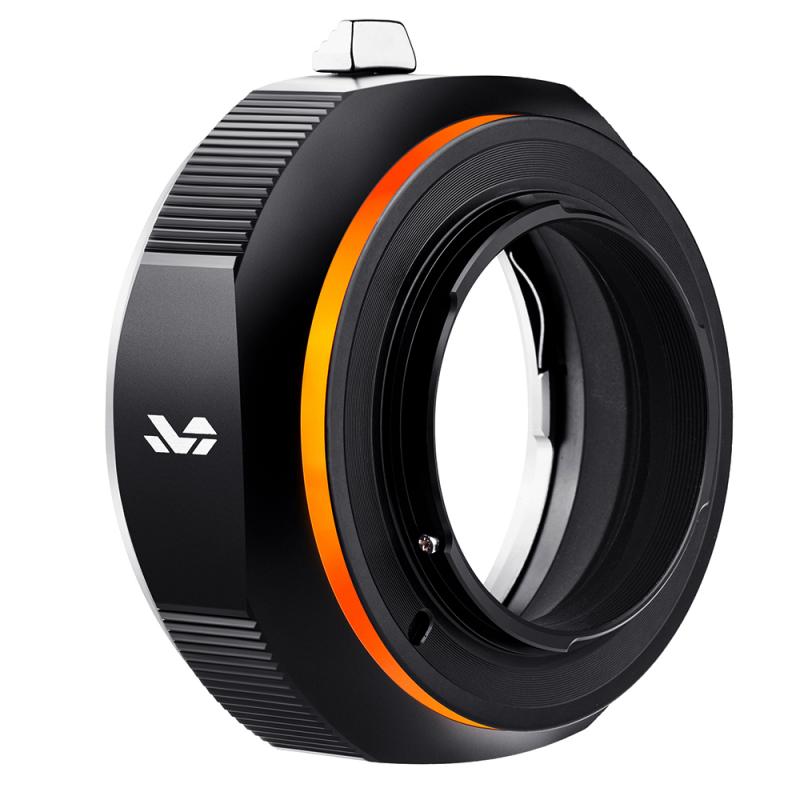
What is Canon EF-M?
Canon EF-M is a lens mount system designed for Canon's mirrorless cameras. It was introduced in 2012 with the launch of the Canon EOS M camera. The EF-M mount is smaller than the EF mount used on Canon's DSLRs, allowing for more compact and lightweight lenses.
Advantages of EF-M System:
1. Compact and Lightweight: The EF-M system is designed to be compact and lightweight, making it ideal for travel and everyday use.
2. Wide Range of Lenses: Canon has developed a range of EF-M lenses, including wide-angle, standard, and telephoto lenses, providing users with a variety of options for different shooting situations.
3. Fast and Accurate Autofocus: The EF-M system uses Canon's Hybrid CMOS AF II autofocus system, which provides fast and accurate autofocus performance.
4. Compatibility with EF and EF-S Lenses: With the use of an adapter, EF and EF-S lenses can be used on EF-M cameras, providing users with access to a wider range of lenses.
Limitations of EF-M System:
1. Limited Lens Selection: While Canon has developed a range of EF-M lenses, the selection is still limited compared to the EF and EF-S lens lineup.
2. Limited Third-Party Support: Third-party lens manufacturers have been slow to develop lenses for the EF-M system, further limiting the selection of lenses available.
3. Limited Professional Use: The EF-M system is primarily designed for consumer use and may not meet the needs of professional photographers.
Latest Point of View:
The EF-M system has seen some improvements in recent years, with Canon releasing new lenses and cameras that offer improved performance and features. However, the system still has some limitations, particularly in terms of lens selection and professional use. Despite this, the EF-M system remains a viable option for those looking for a compact and lightweight mirrorless camera system.

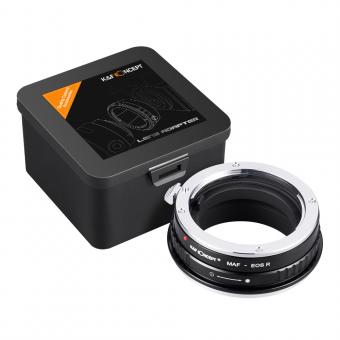



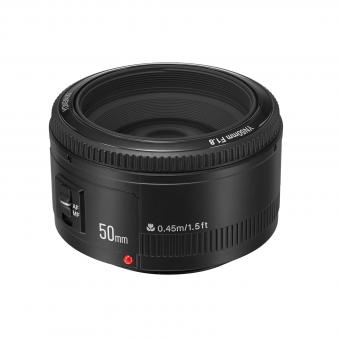


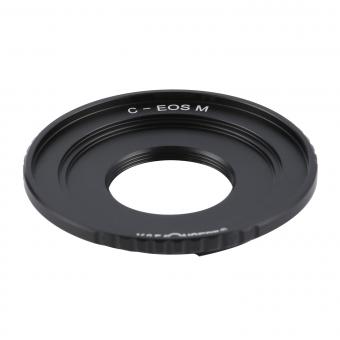
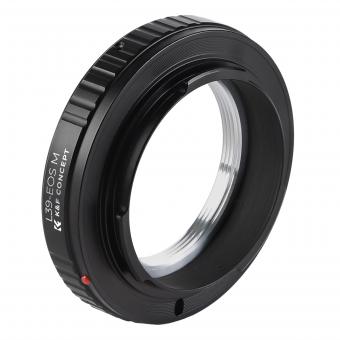

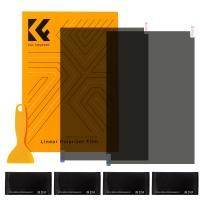


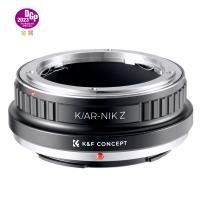

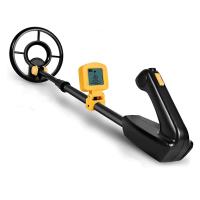
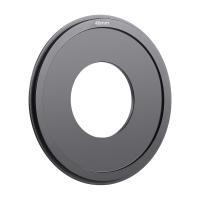


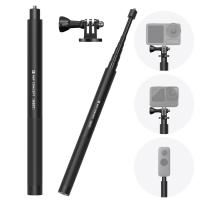
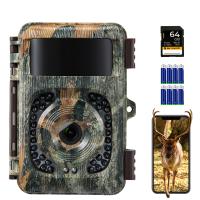




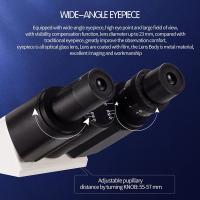

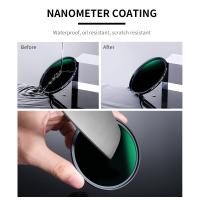
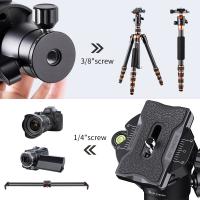
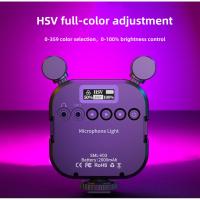
There are no comments for this blog.